Synaptic transistor can enhance functions for robots, wearable devices
Control Engineering
OCTOBER 15, 2022
Led by Cunjiang Yu, Dorothy Quiggle Career Development Associate Professor of Engineering Science and Mechanics and associate professor of biomedical engineering and of materials science and engineering, the team designed the synaptic transistor to be integrated in robots or wearables and use artificial intelligence to optimize functions.

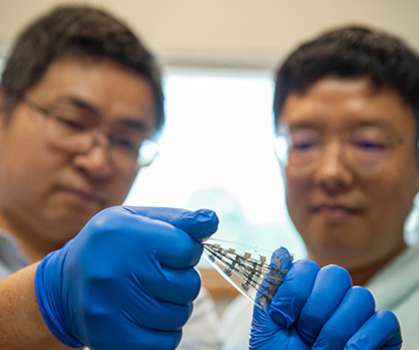
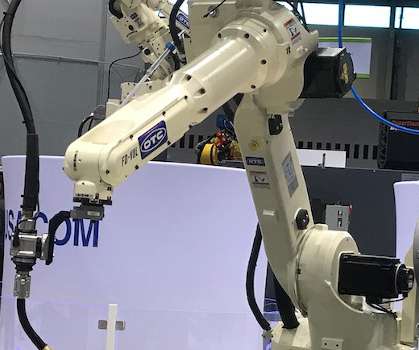
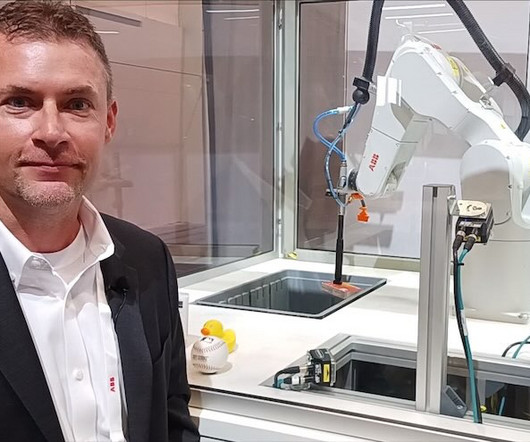
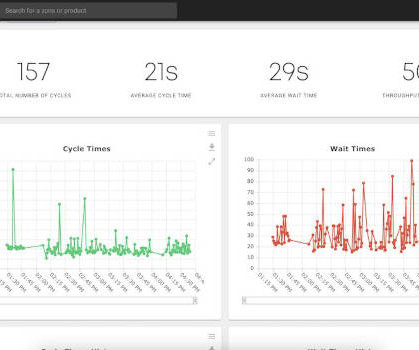

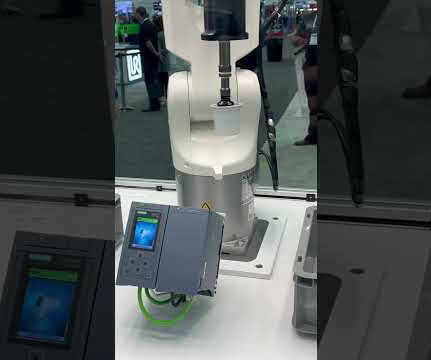








Let's personalize your content